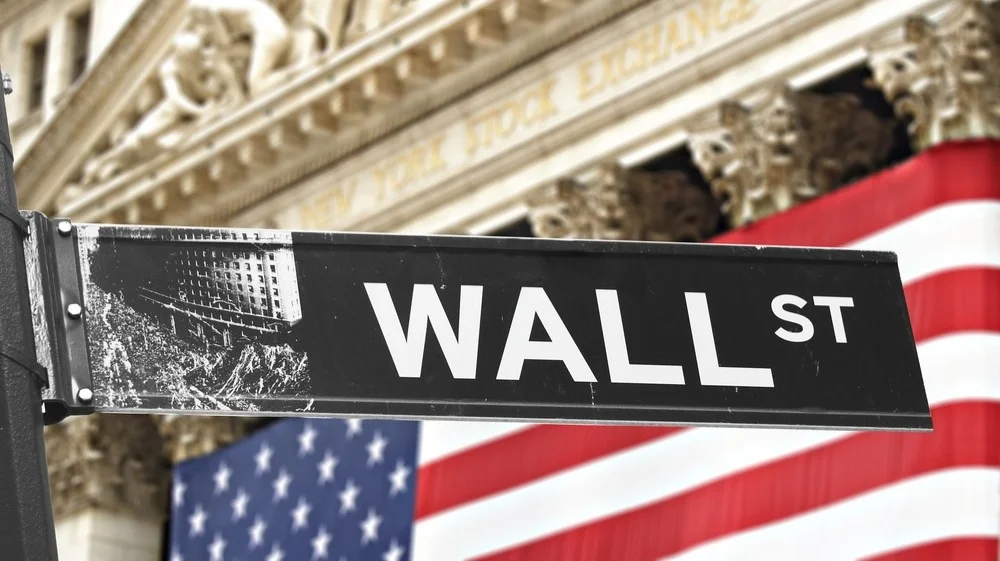Goldman Sachs has named three risks to a sustainable market. How does it propose to protect itself?
Leading indicators and business cycle indicators call for a more cautious approach to equities, according to analysts at the investment bank

Goldman Sachs identified three "bears" in its latest report - key risks that could prevent a sustained and balanced stock market rally, writes MarketWatch. U.S. stocks have weathered the shock of the new duties and staged one of the fastest recoveries in history. But analysts warn that a major correction in the short term is now more likely than a continued rally.
Details
Goldman Sachs' team of portfolio strategists, led by Christian Muller-Glissman, believes that after one of the fastest U.S. stock market recoveries in history, investors are betting on a "Goldilocks scenario" - sustained and balanced growth. This could change if three bearish risks materialize: an unexpected slowdown, bond market turbulence and a falling dollar.
- In April and June, U.S. stocks experienced a collapse and recovery - so sharp and symmetrical that it looks like the letter V on the charts. The Goldman Sachs risk appetite indicator recorded an almost immediate reversal after a brief period of panic. The bank warns: market sentiment has become overly optimistic, and the share of risky assets in portfolios already exceeds historical norms. The probability of a serious correction in the short term is now higher than the chances of the rally continuing. At the same time, geopolitical risks persist, and the rising stock prices no longer look capable of supporting further growth, according to Goldman economists.
- For investors in debt instruments, the rise in the term premium - that is, the additional yield for holding long-term bonds - remains a feature of the market in 2025. This is due to growing concerns about budget deficits and rising U.S. government debt. Goldman believes the likelihood of a sharp rise in yields - a "rate shock" - on long-term bonds has become more likely. A widening gap in yields between long-term and short-term treasuries is usually an indication that markets are starting to build in expectations of higher economic risks as pressure on the Fed to start cutting interest rates intensifies.
- The third "bearish" risk is a falling dollar. A weak dollar undermines investors' faith in the exclusivity of the US market, increases the threat of stagflation due to duties, raises doubts about the independence of the Fed and the stability of the state budget. Capital outflow from the US and hedging of currency risks may consolidate the downtrend of the main reserve currency. For international investors, the high share of U.S. assets in portfolios and dollar volatility become an additional source of risk, emphasized Goldman Sachs.
What Goldman
The bank's analysts remain tactically neutral - making neither bullish nor bearish bets on stocks, credit instruments or government bonds, MarketWatch points out. The bank urged clients to diversify their portfolios to reduce potential exposure to the three major threats. Among the recommended assets are gold, some emerging-market securities, short-maturity bonds, low-volatility defensive stocks and financial-sector securities.
Context
For all the risks, Goldman Sachs last week improved its forecast for the S&P 500 index: it expects growth of just over 2% on a three-month horizon, and by the end of the year the index will add 5.3% to reach 6,600 points.
Other analysts are less optimistic: Bank of America predicts the S&P 500 to grow by less than 1% by the end of 2025 - to 6300 points, Stifel even projects a 12% decline, pointing to the key risks - slowing consumer demand and inflation amid a new tightening of U.S. trade policy.
The U.S. stock market is near all-time highs but faces growing uncertainty, notes Investing.com. It cites analyst publication Sevens Report, which warned of the risk of the S&P 500 Index falling to 3,675 points in the second half of 2025 - 40 percent below current levels. Such a scenario may seem unlikely, but historically, such drawdowns have already occurred during cyclical downturns, remembers Sevens Report.
This article was AI-translated and verified by a human editor
